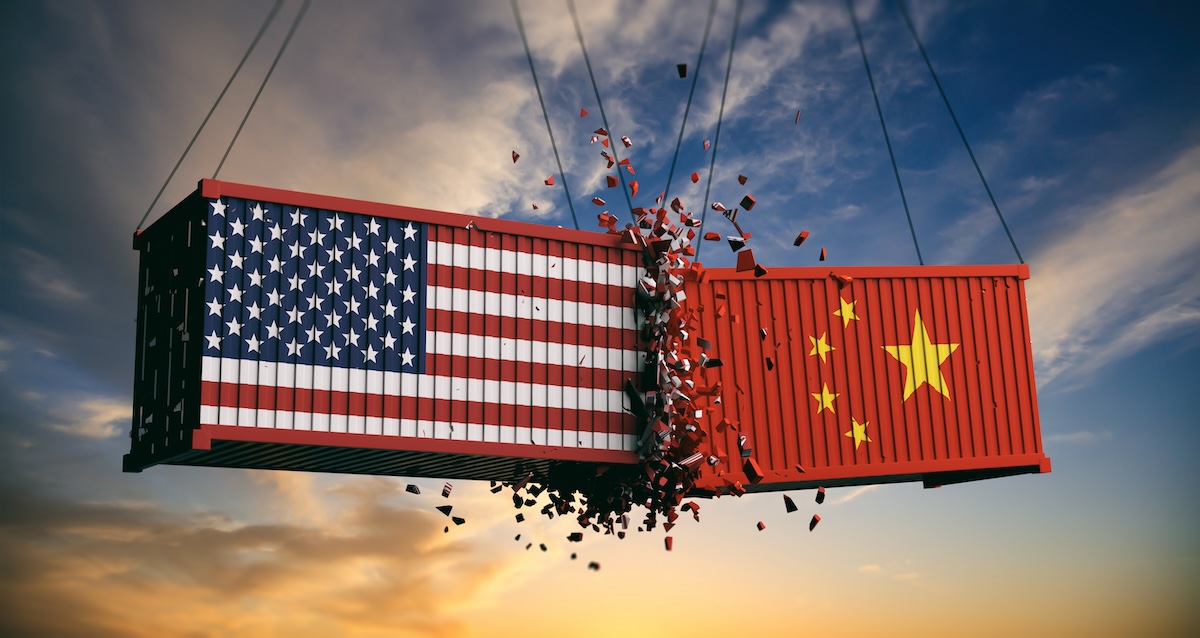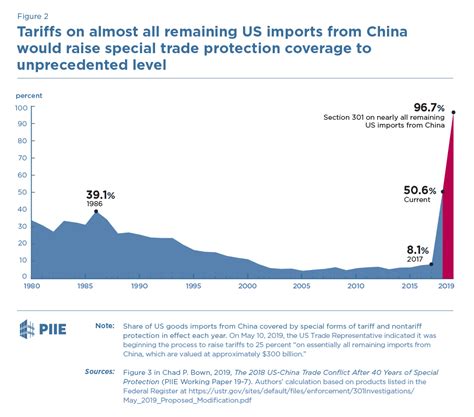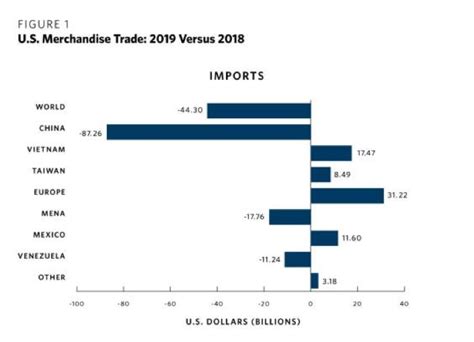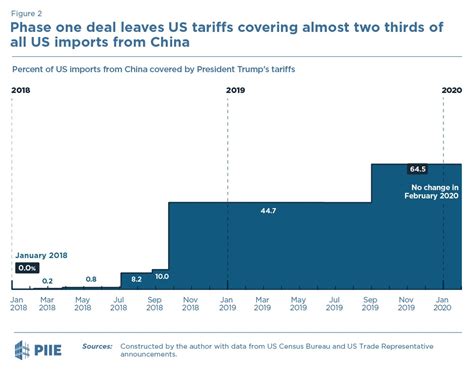Trump's Tariffs: Short-Term Crisis, Long-Term Transformation
2025-04-17 14:00:00 | Scentswell

In 2025, President Trump reinstated and expanded tariffs on Chinese imports, escalating duties to as high as 145%. This aggressive trade policy has disrupted global supply chains, strained international relations, and prompted significant economic adjustments. While the immediate effects are challenging, some analysts suggest that these disruptions could catalyze long-term strategic shifts.
On the one hand, the sudden increase in tariffs has placed substantial pressure on American companies reliant on Chinese manufacturing. For instance, Learning Resources, a US-based educational toy company, anticipates its annual tariff expenses to surge from $2.3 million to over $100 million. CEO Rick Woldenberg described the situation as "the end of days" for his business. Similarly, MGA Entertainment and The Edge Desk have reported significant operational challenges, including increased costs and supply chain uncertainties.
On the other hand, Chinese manufacturers are also feeling the strain. At the Canton Fair in Guangzhou, companies like Airdog and Weking Group reported halted shipments to America and declining their sales. Freight companies are hesitant to accept orders due to the unpredictable tariff landscape. While some Chinese firms are urgently exploring production shifts to Southeast Asia, but the US has extended high tariffs to countries like Vietnam and Cambodia, limiting alternative options.
The World Trade Organization (WTO) has noted a significant decoupling between the US and China, projecting an 80% drop in bilateral merchandise trade for the year. This shift indicates the formation of separate global trade blocs, which could have long-term implications for international economic dynamics.
While these headline-grabbing tariffs may appear tough on China, a closer analysis shows they are neither economically sustainable nor geopolitically strategic. In the short term, they’re wreaking havoc on both economies - and in the long term, they’re pushing China to pivot, adapt, and rewire global supply chains in a way that may leave America more isolated.

Why These Tariffs Aren’t Sustainable?
The US is actually taxing itself. Despite the optics of being 'tough on China,' tariffs are essentially a tax on American importers and consumers. According to the Peterson Institute for International Economics (PIIE), over 92% of Trump’s tariffs from the 2018-2019 era were paid by US businesses and households, not Chinese exporters. The 2025 tariffs follow the same pattern, like Learning Resources now face import duties from $2.3 million to over $100 million as mentioned. That cost inevitably trickles down to US families, who face higher prices for essentials ranging from toys to tools to tech accessories.
Tariffs fuel inflation at the worst time. The US economy is still recovering from post-pandemic inflation. Slapping punitive tariffs on everyday goods - while the Fed tries to tame CPI - is counterproductive. A 2024 analysis by Moody’s Analytics warned that if tariffs were expanded to all imports from China, it could raise consumer prices by an additional 0.5% in the first year alone. With wages stagnating and consumer sentiment fragile, these policies create domestic political risks that Trump’s administration may not be able to absorb over time.
There is no real substitutes either. Efforts to nearshore or reshore production to places like Mexico, Vietnam, and even the US itself sound good in theory, but they’re not economically viable in the short run. Supply chain research from the McKinsey Global Institute shows that shifting even 10% of China-based manufacturing takes five to seven years on average. In the meantime, American companies are stuck with disrupted inventories and no clear path forward.

China Facing Short-Term Setback, Long-Term Leverage
The export pain is real - but not fatal. Chinese exporters are hurting. US-bound shipments from companies like Airdog and Weking Group have stalled. But unlike 2018, China now has far deeper economic ties across Asia, Africa, and Latin America. According to IMF trade data, ASEAN has overtaken the US as China’s largest export market. The losses from American tariffs are already being offset by increased trade volume with the Global South - a pivot that de-Americanizes China’s supply chains.
The supply chain is upgrading, not just replacing. Beijing isn’t just looking to shift export destinations - it’s restructuring its own industrial base. Under its Dual Circulation Strategy, China is localizing key technologies (e.g., semiconductors) and doubling down on export sectors where it retains a chokehold - think electric vehicles, lithium-ion batteries, and rare earths. Western firms may want to decouple, but in critical sectors, China remains indispensable.
China is also leveraging tariffs as a pretext to reduce its reliance on the US financial system. SWIFT data shows CNY usage in global trade financing has doubled since 2022. Countries like Brazil, Russia, and the UAE are increasingly settling in CNY. Weakening the dollar’s stranglehold on global trade is a move that could erode American leverage in future economic disputes.
Trump’s Tariffs as Political Theater
For all the tough talk, tariffs remain more symbolic than strategic. They play well to Trump's political base - especially in swing states with legacy manufacturing. But there’s scant evidence they’re achieving their original goals: the US trade deficit with China remains stubbornly high, and American manufacturing hasn’t seen a broad-based revival.
Multiple lawsuits have already been filed by US importers challenging the legality of the new tariffs. Meanwhile, the WTO continues to rule against Trump-era tariff expansions, citing violations of global trade rules. Over time, these challenges may constrain Washington’s ability to unilaterally dictate trade terms.

As a result, Trump’s tariffs are not built to last. Economically, they impose self-inflicted wounds. Politically, they inflame inflation fears and legal battles. And geopolitically, they are accelerating the very trends Washington fears: a more self-reliant, globally integrated China, and a world economy less tethered to US hegemony.
But that doesn't mean they're meaningless. In the medium term, they may force both sides to confront structural vulnerabilities and adapt. For China, the tariffs are a wake-up call to fast-track independence. For the US, they expose the limits of protectionist theatrics. Crisis in the short run, opportunity in the long run - just not necessarily for the side that fired the first shot.


